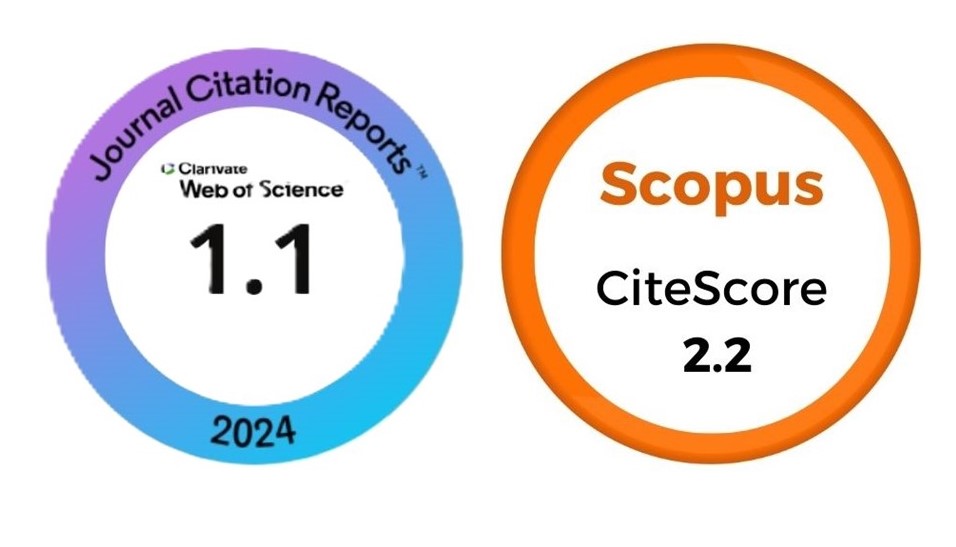Methods of preparing flower stem samples for scanning electron microscopy
DOI:
https://doi.org/10.14295/rbho.v21i1.771Keywords:
Brazil has great capacity for expansion in the floriculture sector. Studies on postharvest cut flowers contribute to development of the sector, helping to maintain the quality of domestic production. Scanning electron microscopy (SEM) is a powerful tool tAbstract
Brazil has great capacity for expansion in the floriculture sector. Studies on postharvest cut flowers contribute to development of the sector, helping to maintain the quality of domestic production. Scanning electron microscopy (SEM) is a powerful tool that allows viewing of flower structures and also microorganisms. The aim of this study was to evaluate methods of preparing flower stem samples for viewing in SEM as a support for studies on postharvest cut flowers. Ways of cutting, fixing, and drying samples were tested. Cutting with a stainless steel blade and through freeze-fracture were tested; fixation was carried out without the use of osmium tetroxide (OsO4); and drying of the samples was performed through freeze-drying and through critical point dryingwithCO2. Cutting with a stainless steel blade proved to be a satisfactory method for stem samples, with low cost and simple application compared to freeze-fracturing. Good fixation and high image contrast were obtained without the use of osmium tetroxide, thus avoiding the use of this toxic compound. Freeze-drying allowed the structure and morphological composition to be viewed, while critical point drying withCO2 preserved the microorganisms present in the samples.Downloads
Download data is not yet available.
Downloads
Published
2015-04-16
Issue
Section
Technical Articles








